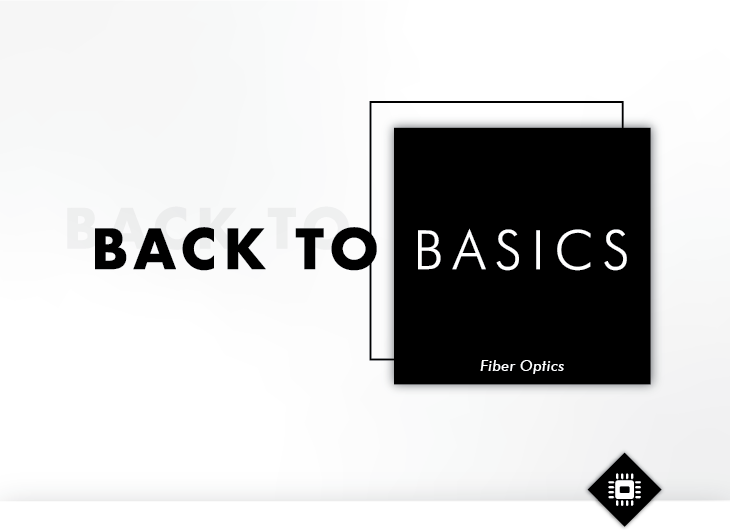All About Fiber Optics
Fiber optics is a common phrase in our world of wireless communication. Optical fibers make today's instant communication possible, but their applications go way beyond smart phones and Wi-Fi. We can thank fiber optic technology for modern endoscopy technology, sewer inspection cameras and even airbags.
What is optical fiber?
Optical fibers are flexible fibers of glass that are as thin as a single strand of hair. These fibers transmit information in the form of light signals from one point to another, through a fiber optic cable composed of hundreds to thousands of optical fibers.
How does optical fiber transmit light?
Optical fiber transmits light by a principle called total internal reflection. Similar to how mirrors can reflect light and allow you to see around curves, the glass fibers in fiber optic cables essentially bend incoming light as it moves through the cable. As the light bounces through the cable, it is contained within the core until it reaches the final destination.
Why is this important?
Aside from the amazing things that fiber optic technology makes possible, this technology is superior in many ways to the traditional copper cables used to transmit information wirelessly. Fiber optic cables are less expensive, more flexible, thinner, lighter and more secure than copper cables. Additionally, fiber optic cables transmit data at a much higher speed than copper.
Radiall designs, manufactures and markets high performance fiber optic components and end-to-end optical systems for the most demanding applications for the industrial, defense and aerospace industries. Our offer includes standard interfaces, termini, connectors, harnesses and custom-designed optical links and subsystems. The flexibility and high quality of our product range supports harsh environments and demanding applications.
Check out our wide range of optical connectors and cable assemblies.


